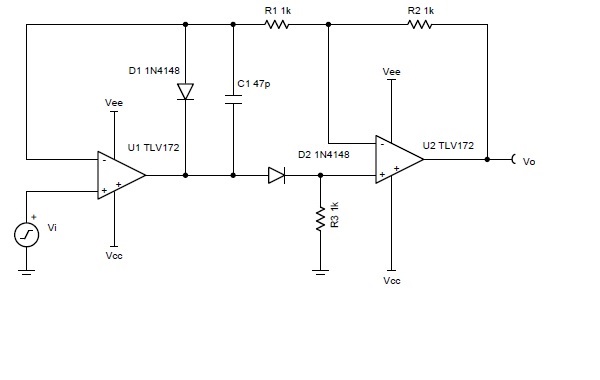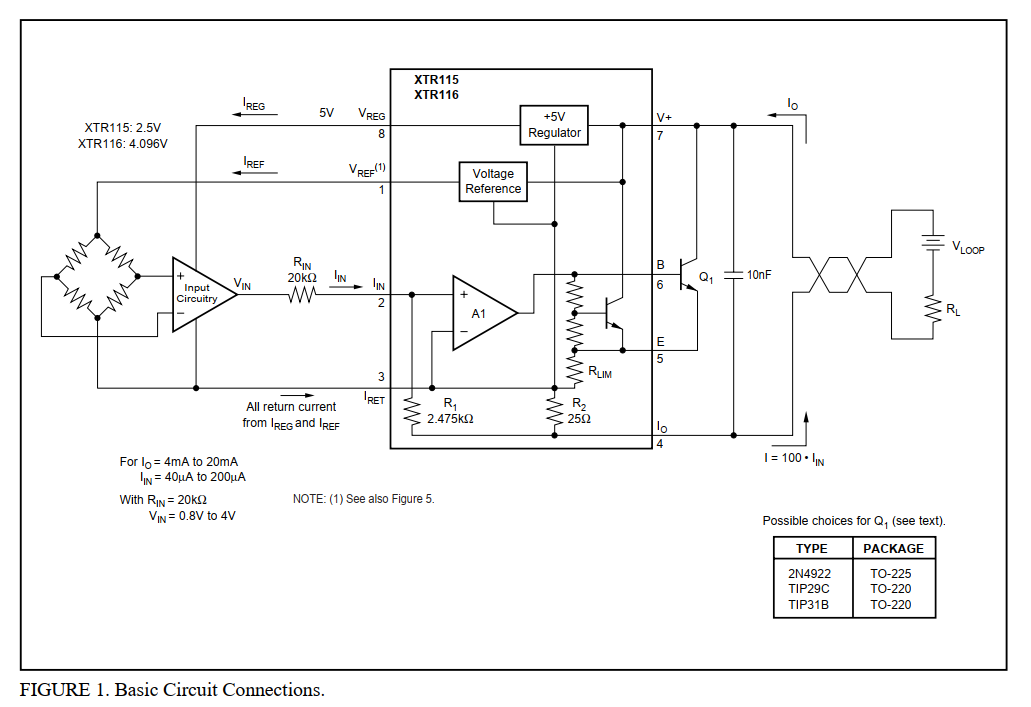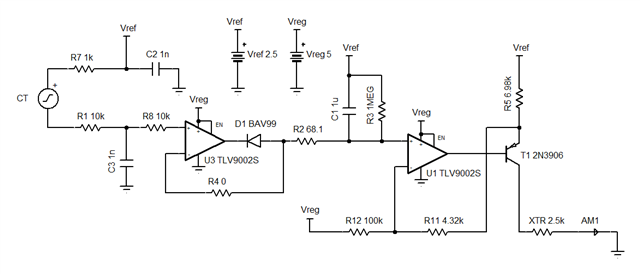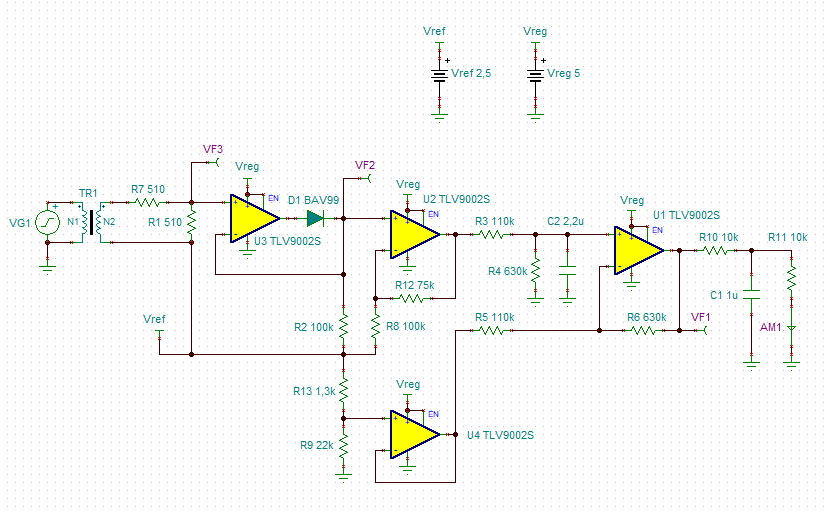Other Parts Discussed in Thread: TLV172, TINA-TI, XTR115, TLV9002, XTR111
Hello,
I am designing Full wave precision rectifier circuit to convert AC to DC. I just plan to use (TLV172 based) below circuit to convert AC to DC with scaling.
I have two question here.
1. How do i adjust gain here. If i adjust R1 & R2 , will the gain be adjusted?
2. My input is Vi (AC/50HZ). If i use 10uf or 22uf capacitor at output(VO), will it be converted to pure DC signals?
Regards,
Winiston.P













